Shy and secretive by nature, bitterns have frustrated and eluded many a birder for generations. At the slightest alarm, they can appear to vanish into the marshy reeds by freezing with their bills pointing upward, sometimes swaying in order to better resemble the windblown marsh vegetation they inhabit.
Both American and Least bitterns are members of the heron family and breed almost exclusively in freshwater marshland and moist meadows. The two species differ most notably in size and sound: American Bitterns range from 24″–34″ in length, somewhere between a Green and a Great Blue Heron in size, while the smaller Least Bittern measures only 11″–14″. The spring mating call of the male Least Bittern is a soft, subtle coo. American Bitterns, on the other hand, have one of the strangest songs of all our native birds—The male will inflate his esophagus and contort his body wildly to produce a hollow, almost “liquid”, pumping oonk-ka-choonk that can be described, depending on the listener’s age and life experience, like the priming of an old pump or the sound of a distant pile driver.
Bitterns have always been considered rare and local summer residents in Massachusetts and, in earlier years, this status may have had more to do with their secretive and retiring habits than actual numbers. However, today there is no question that bitterns have become scarce (both native species are listed as endangered), the consequence of the widespread draining and filling of wetlands for human development.
Protection of our remaining wetlands and restoration of degraded wetlands is crucial for the future of not just bitterns, but for the future of people in Massachusetts, too. Learn more about our efforts to combat climate change through land protection as well as how you can get involved on our website, and enjoy these five photos of bitterns from our annual Picture This: Your Great Outdoors photo contest.

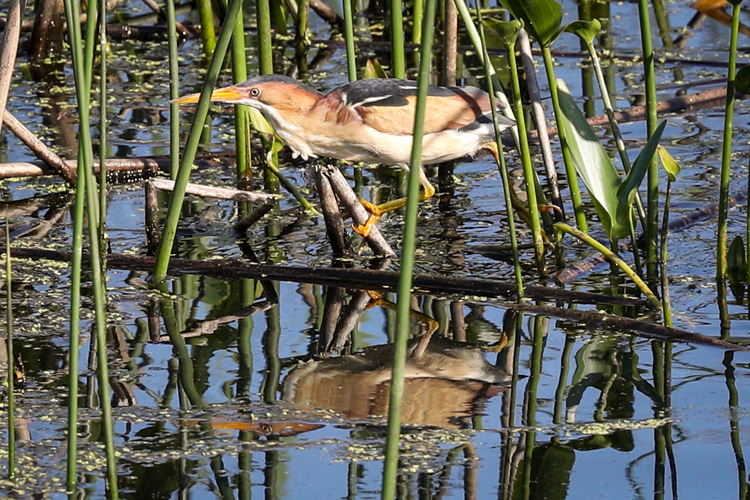
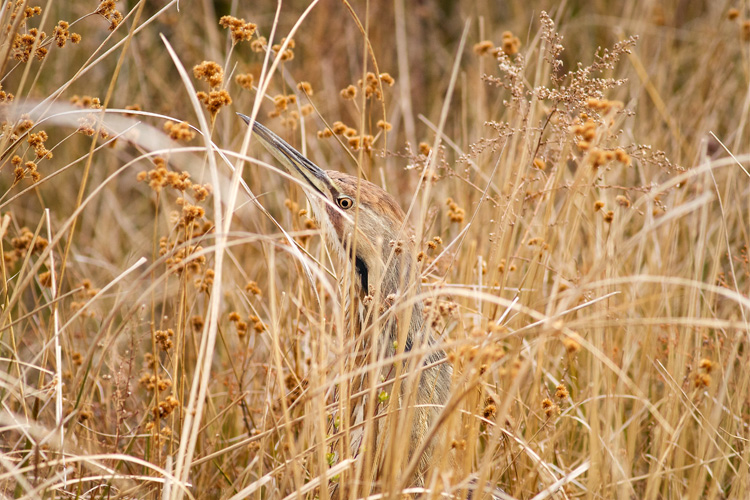
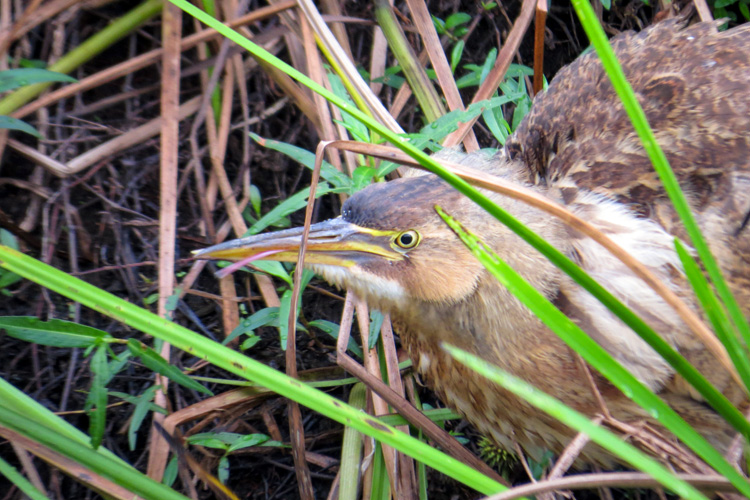
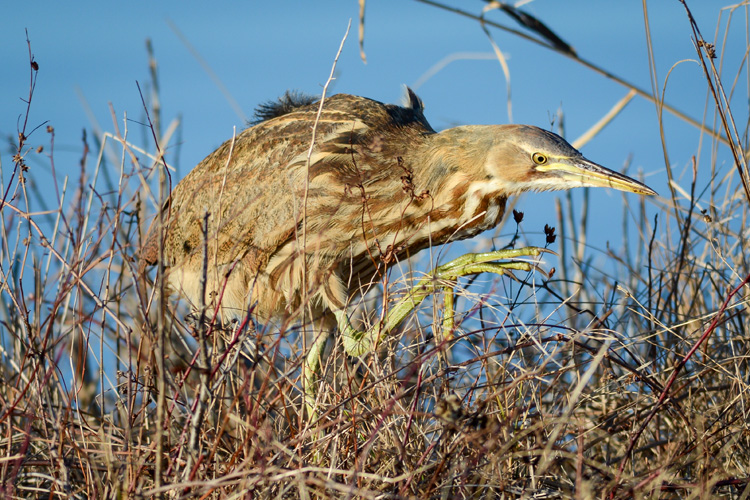


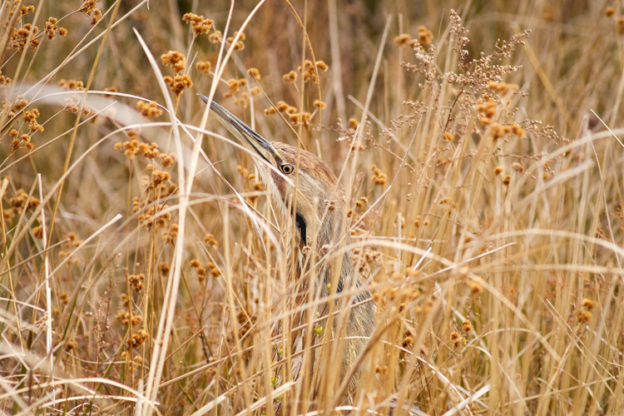
We enjoy American Bitterns, that show up in the pond in our backyard, and in our bigger pond, on the other side of our woods. We see them all around our 40 acres. I do not know if it is the same bird, or different ones in different locations. Our property is somewhat marshy, especially after the snow melts, or after a very heavy rain. We live just outside Rudyard Michigan, in the upper peninsula. When we first moved here, and I was walking around the property, I heard a strange sound I did not recognize. I could not see from where it was coming. I thought it might be some kind of a strange frog. Turns out, it was the mating call of an American Bittern. For the past few weeks, we have been seeing one, almost every day. We also have trail cameras in our woods and on our ponds, where we have seen all kinds of birds and animals, including a bear, and occasionally we catch a bittern on one of the cameras.